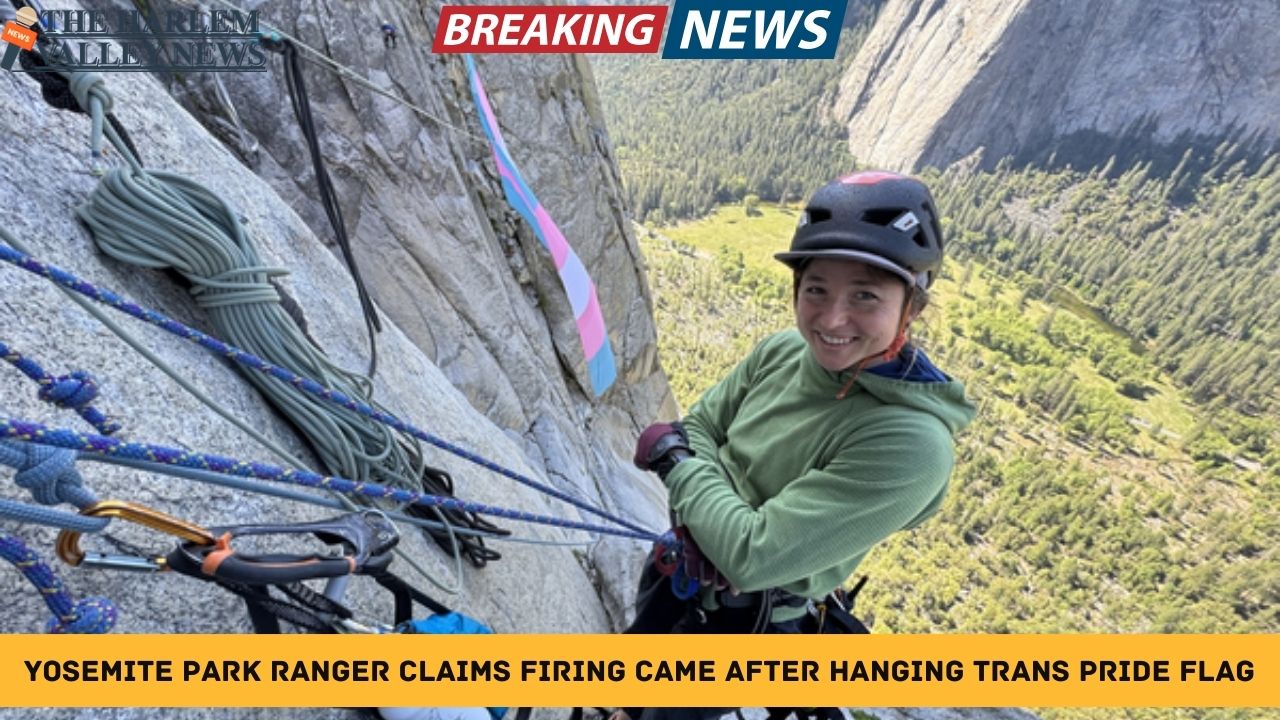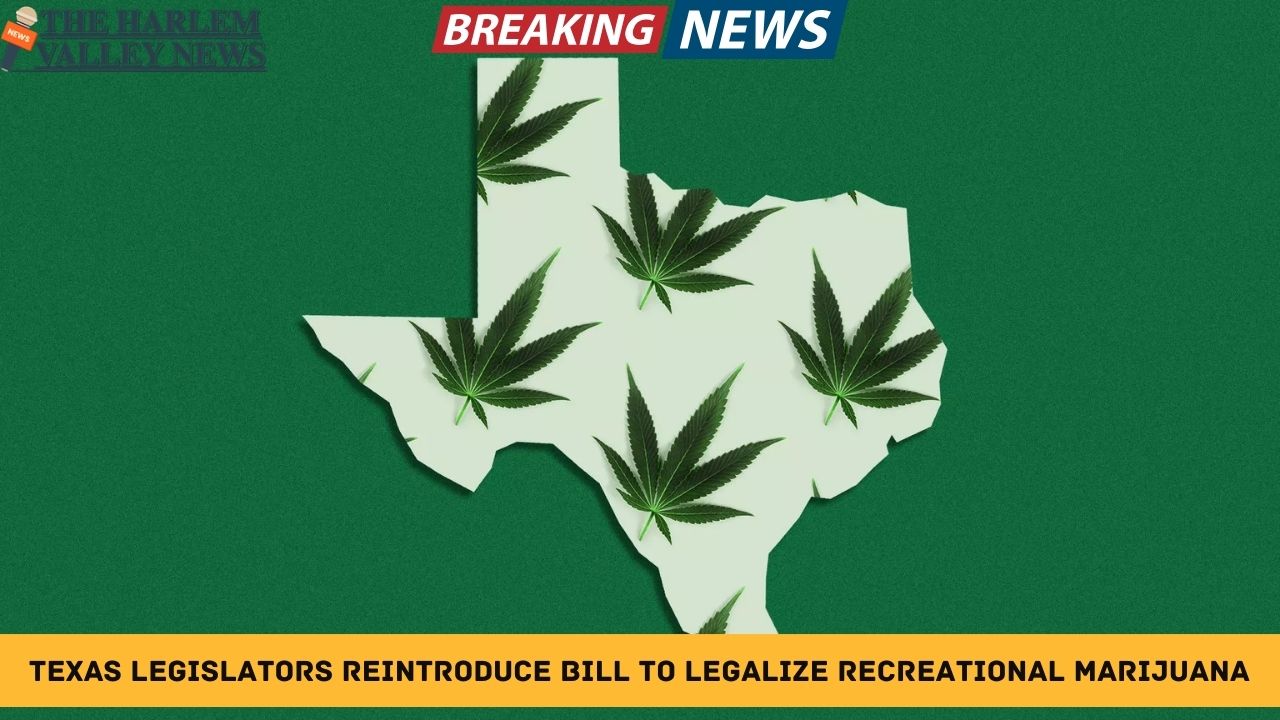In a stirring act of support for transgender rights, a park ranger at Yosemite National Park displayed a trans pride flag within thepark’s iconic setting. This gesture, meant to highlight inclusivity and acceptance, has since led to significant controversy and ultimately, the ranger’s dismissal. This incident touches on deep societal debates about LGBTQ+ representation, freedom of expression, and workplace rights within federal agencies tasked with managing America’s natural heritage.
Background of the Incident
Yosemite National Park, renowned globally for its breathtaking landscapes, attracts millions of visitors annually. It is also governed by the National Park Service, a federal agency with strict conduct codes and guidelines for employees. The park ranger in question decided to hang a flag that signifies transgender pride—a symbol composed of light blue, pink, and white stripes—at one of the park’s well-visited locations.
This act was not part of any official event or sanctioned by park supervisors. The ranger has expressed that the intention was to signal support for transgender visitors and employees, fostering a welcoming environment within the traditionally neutral grounds of Yosemite. The display, however, elicited strong reactions, sparking debates both within the park service community and the broader public.
Official Response and Termination
Following the flag’s display, Yosemite’s administration launched an investigation to determine whether the ranger’s actions violated any park service policies. The National Park Service maintains regulations to ensure neutrality and avoid actions perceived as endorsements of specific political or social causes during working hours or on federal property.
The park ranger was ultimately terminated from their position. According to the administration, the decision was based on violations of conduct policies, emphasizing the need for maintaining impartiality and adherence to guidelines that prohibit unsanctioned displays of political or social symbols.
The terminated ranger contends that this decision was unjust and views it as a form of discrimination against transgender representation and advocacy. They argue that the flag was a harmless symbol aimed at fostering acceptance and safety for transgender individuals visiting or working within the park.
Societal and Workplace Implications
This incident catalyzes important conversations about LGBTQ+ representation in government workplaces, particularly in agencies like the National Park Service which historically have projected a conservative or neutral image. The act of displaying pride flags—a common symbol today in many educational, workplace, and public settings—raises questions about where lines are drawn between personal expression and professional responsibility.
For transgender individuals and allies, the absence of visible symbols of support can contribute to feelings of exclusion or invisibility. Advocates argue that such symbols are crucial for fostering inclusivity and demonstrating that federal workplaces uphold equal rights and protections.
On the other hand, institutions like the National Park Service face challenges in balancing employee rights with their mandate to remain politically neutral in public spaces. This balance is often complicated by evolving societal attitudes and local expectations.
Analysis of Comparable Cases
Similar instances of employees wearing or displaying pride symbols in government settings have occurred across the United States. Some agencies have adopted inclusive policies explicitly allowing such displays, while others maintain stricter neutrality.
For example, various public schools and municipal offices permit pride flags during designated observances, recognizing their role in supporting marginalized communities. Conversely, some federal workplaces continue to restrict such expressions to avoid perceptions of endorsing specific social agendas.
The lack of a uniform federal policy on LGBTQ+ symbol display often leaves room for regional variation and discretionary enforcement, leading to conflicts like the one experienced by the Yosemite ranger.
The Importance of Transgender Visibility in Public Spaces
Visibility plays a critical role in social acceptance and mental health for transgender individuals. Public symbols of pride help reduce stigma, foster understanding, and signal to transgender people that they are valued and protected.
In natural parks and recreational areas, which attract diverse visitors, inclusion messaging can enhance the visitor experience by creating safe spaces. For employees who identify as transgender or are allies, such symbols also affirm their identities and contributions.
Data from various studies indicate that workplace inclusivity positively impacts employee satisfaction, productivity, and retention. Conversely, lack of acceptance can result in higher rates of stress, discrimination, and turnover among LGBTQ+ employees.
Legal and Policy Context
Federal employment law offers protections against discrimination based on gender identity, under interpretations of Title VII of the Civil Rights Act and other regulations. However, these protections do not always extend explicitly into the realm of employee expression, especially during official duties or on government property.
The National Park Service’s standards of conduct and uniform regulations are designed to sustain a cohesive, neutral public image. Interpretation of these rules regarding political or social advocacy remains subject to administrative discretion.
Legal challenges in similar cases often hinge on whether such displays constitute protected speech or violate legitimate policy interests related to workplace order and impartiality.
Community and Public Reactions
The termination of the Yosemite ranger sparked a mix of responses. LGBTQ+ advocacy groups condemned the action, framing it as a setback for transgender rights and visibility. Many expressed solidarity with the ranger and called for policy reforms that protect such expressions of identity and support.
Conversely, some park visitors and officials emphasized the necessity of maintaining apolitical spaces within national parks, arguing that the display could be divisive or detract from the park’s traditional mission focused on nature conservation.
Social media platforms amplified the debate, with hashtags and online campaigns drawing national attention to the incident as emblematic of broader struggles for inclusion versus neutrality in public sectors.
Potential Pathways Forward
This case highlights the pressing need for clear, consistent guidelines across federal agencies that respect both employee rights to expression and the institutions’ requirements for neutrality. Possible approaches include:
-
Developing formal policies to define acceptable expressions of diversity and inclusivity within workplace settings.
-
Creating structured opportunities for LGBTQ+ observances and awareness events sanctioned by the agency.
-
Offering training and education to employees and management on gender diversity, inclusivity, and the importance of symbolic support.
-
Engaging stakeholders, including LGBTQ+ employees and advocacy organizations, in policy development to balance perspectives.
Conclusion
The termination of the park ranger who hung a trans pride flag in Yosemite National Park stands as a significant episode in the ongoing dialogue about LGBTQ+ rights, visibility, and freedom of expression within federal workplaces. While the National Park Service cited policy violations to justify dismissal, the broader issues it raises reflect societal tensions around identity, inclusion, and institutional neutrality.
As the national conversation about transgender rights continues to evolve, this incident may serve as a catalyst for reexamining workplace policies and cultural norms to better accommodate diversity while respecting organizational mission.
Balancing respect for individual identity and collective institutional standards remains a complex challenge but one essential to fostering workplaces where all employees can feel safe, supported, and valued.












Leave a Reply